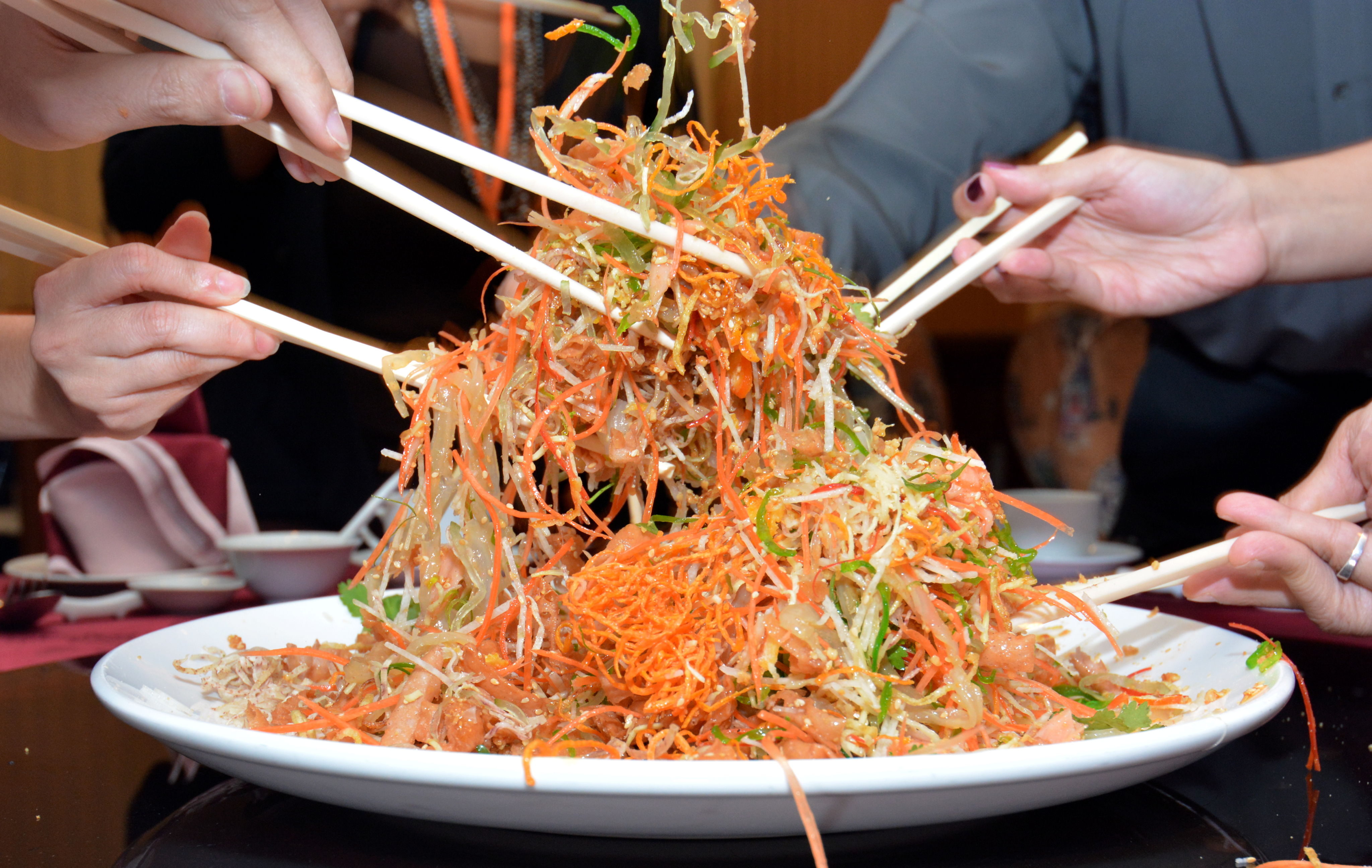Chinese New Year is around the corner with many of us already partaking in dinner promotions and Yee Sang (raw fish salad) with fellow colleagues, coworkers, family, and friends. But just what is the history behind this tradition?
In a discussion with a friend, we realised that many of our traditions and cultural celebrations in Malaysia are well-known and practiced across race and religions, but we don’t really understand the history behind it or, the significance. It’s just something we’ve always done, right?
Well here we attempt to explain the history and significance behind the prosperity toss. After all, it’s so darn refreshing and great to eat – let’s delve in a little deeper.
Legend has it….
According to Chinese legend, the goddess Nu Wa spent six days creating animals out of mud, while on the seventh she created humanity.
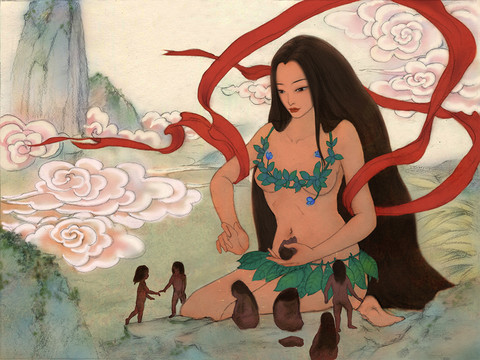
Ren Ri, the Day of Humankind, is correspondingly celebrated on the seventh day of Chinese New Year. To celebrate this day, the Chinese enjoy a special dish comprising seven symbolic delicacies which we know as Yee Sang.
When Yee Sang is eaten, the ritual is to toss the mixed ingredients high in the air with a shout of “Loh Hey” which literally means to ‘move upwards’. It is symbolic of the wish for our fortunes to rise and expand during the forthcoming year.
How did it land onto our shores here in Malaysia?
Chinese immigrants brought their love of fish and raw fish salads with them to Malaysia and Singapore in the early 20th century. But it wasn’t until some 50 years ago that chefs standardised their own raw fish salad to celebrate Chinese New Year. Eventually it took off and by the 1970s, the Cantonese community had popularised the tradition and it had become part of the Chinese New Year celebrations in Malaysia and Singapore.
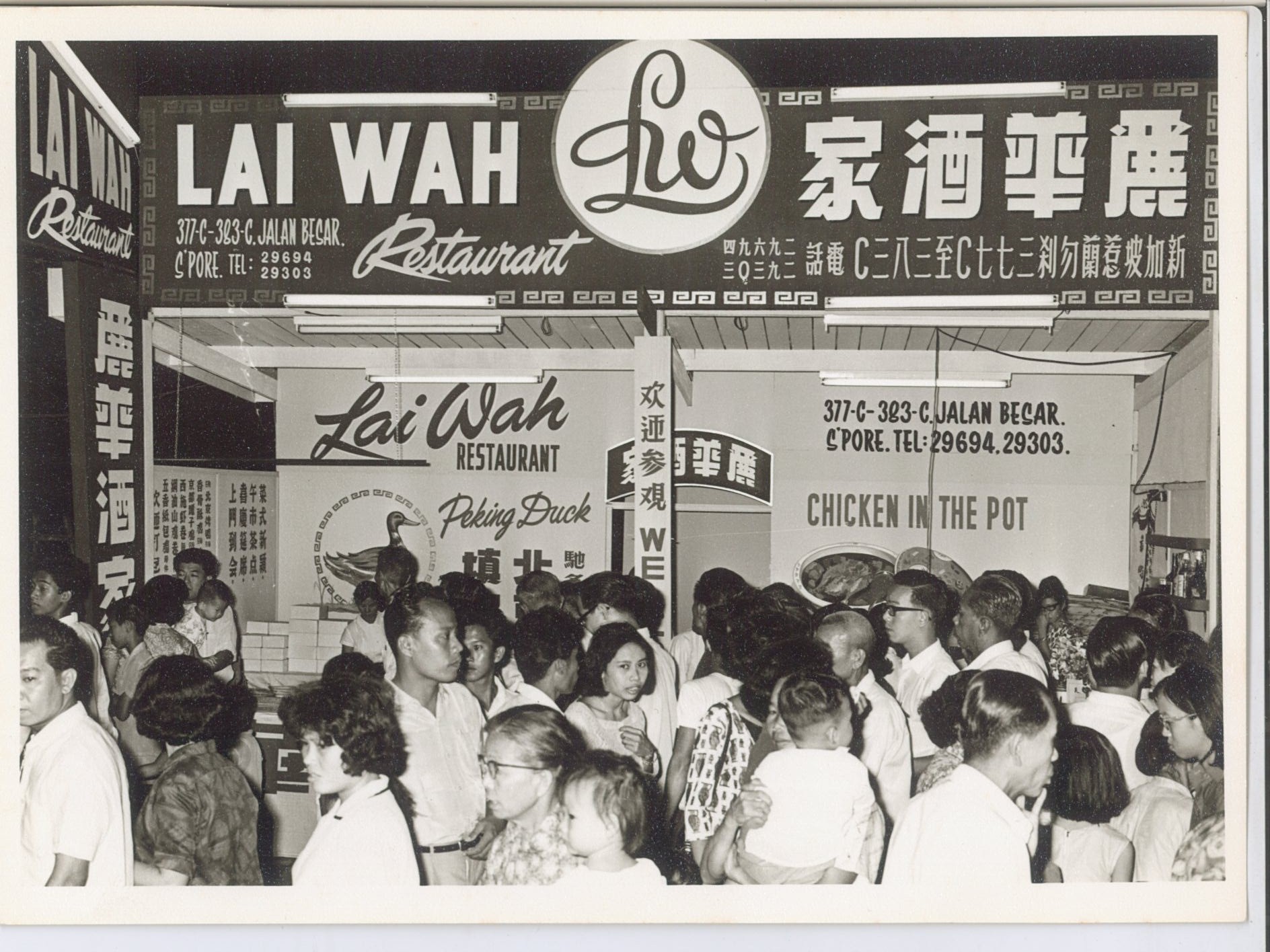
Image: cilisos.my
Interestingly enough, yee sang (alternatively named Yu Sheng or Lou Sang), is most commonly practised during CNY only in Malaysia and Singapore, and is practically unheard of in other Chinese-populated countries.
What’s in the dish?
Often served as an appetiser before the main meal during any day of the CNY period, it’s a symbolism of good fortune, abundance, prosperity, and vigor.
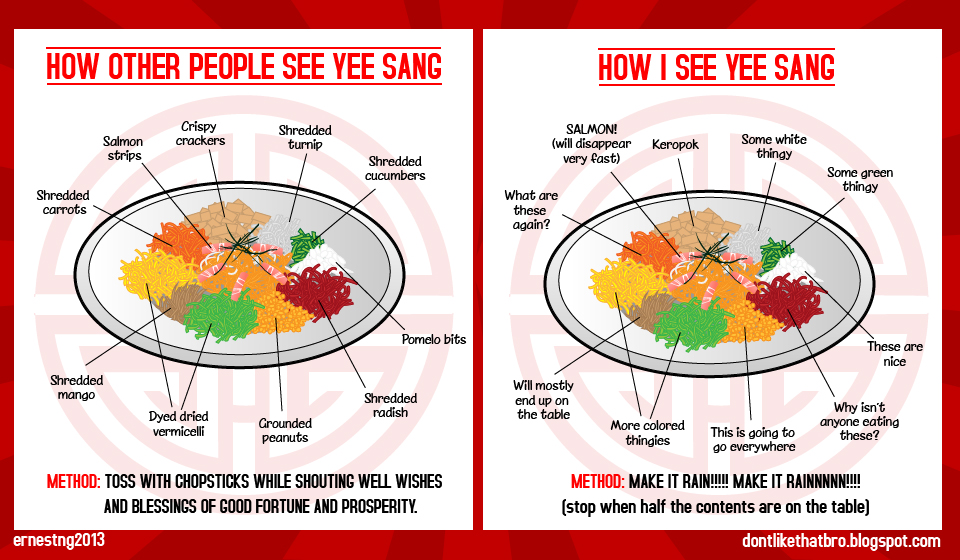
This dish usually consists of strips of raw fish (commonly use salmon), mixed with shredded vegetables, pomelo or lime, pepper, oil, and a variety of sauces and condiments.
The art of the toss – the higher, the better!
The base ingredients are first served. The leader amongst the diners or the restaurant server proceeds to add ingredients such as the fish, the crackers and the sauces while saying auspicious wishes as each ingredient is added.
All diners at the table then stand up and proceed to toss the shredded ingredients into the air with chopsticks while saying various wishes out loud, or simply “loh hey, loh hey”. It’s a belief that the height of the toss reflects the height of the diners’ growth in fortunes – so the higher the better folks!
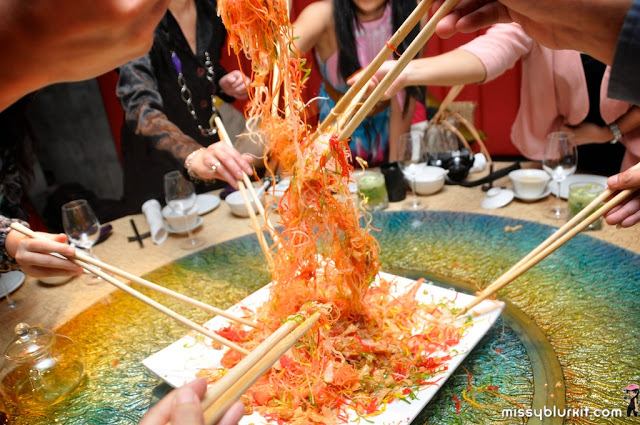
Image: missblurkit.com
You can buy pre-made Yee Sang packs, and just add your own fruit like chinese pear, guava, apple, dragon fruit, (and don’t forget the raw salmon fish) to make it more fruity and fresh. There are also recipes online if you think you can handle making this on your own.
Either way, we can’t wait to toss yee sang, and shout loh hey! Happy Chinese New Year!
– Cover Image: chilisos.my
Related:

